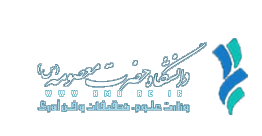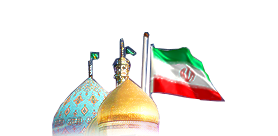





Geography of Qom
The province of Qom with area of about 11238 square kilometers is located in the center of Iran. This province is delimited by Tehran from the north, by Semnan from the east, by Isfahan from the south and by Markazi from the southwest to northwest.
The province of Qom is less than 1 percent of the whole country area and is 28th and in fact the smallest city of the country. The center of the city is 928 meters above the sea level and the highest part of the city in mountainous (mount Velija) heights 3330 meters and the lowest part of it is on the sidelines of the Hoze Soltan Salt Lake of Qom and it is about 700 meters.
The population of the province is about 1 million people. In 1379 it was registered that Qom has been divided to 1 city, 4 counties, 5 cities, 9 rural districts, and 936 villages which 365 villages have population and 580 villages are empty of population.
The History of Qom
According to some historical documents the city of Qom existed before the appearance of Islam and it was one of the thriving cities of Iran. Some historians believe that Qom was built by Tahmores, one of the former kings of Iran, and others say the city is newly instructed and is one of the results of 1st AD Century. The oldest document that introduces Qom as one of the newly built Islamic cities is itinerary of Abi Dalf.
In ancient times this area was called Bravestan and the village was named Komidan and the center of village was Kom. In the 1st Islamic century this city was famous as Kom and it was one of the cities of Isfahan. In 23 AD Qom was conquered by Islam and soon the people believed in Shia Islam.
Since 94 AD, The Ashari came to Qom and made an effort for its prosperity. Since 142 AD they rejected giving abscess to caliphs of the time and since that time Qom became an autonomous land in Islamic government. In 189 AD Qom disported from Isfahan and became an autonomous city and a place where Shia scientists and Faqīhs had grown.
After the burial of Fatima M’asumah, Qom became so thriving and became a place for the Shias. After that people built their houses near Holy Shrine of Fatima M’asumah to make pilgrimage easier. Also many scientists trained there and promoted Islam.
During the centuries and ages oppressors damaged the city irreparably and in multiple attacks, the city was wracked and people were massacred. In the latest century this cruelty has been continued by Reza Shah and His son. After that when the Islamic movement with leadership of Imam Khomeini began people of Qom made a lot of effort and Qom turned to one of the main centers of Islamic Revolution. Uprising of people of Qom on Dey 19th 1357 is one of the honors of this city. After the victory of Islamic Revolution and beginning of the Imposed War, with about 5200 martyrs and 7600 veterans Qom played a great role in Holy Defense and now with leadership of Ayatollah Khamenyi this city won’t be weak and silent about Cultural Invasion and people of Qom will do their best to prepare the world for emergence of the 12th Imam Muhammad al-Mahdi.
Source: Information Center of Holy Shrine